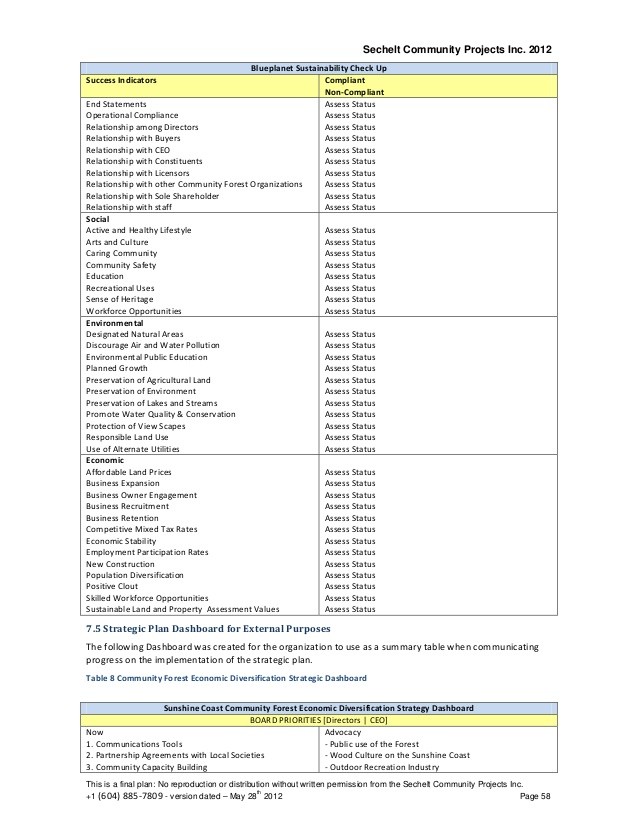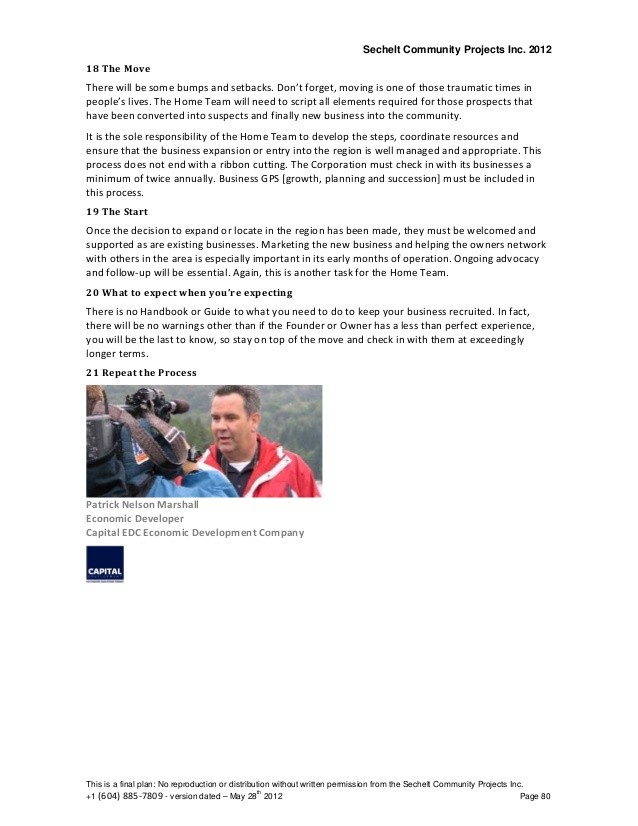The Pitfalls Of Diversification_1
Post on: 22 Август, 2015 No Comment

Read about ways to invest in developing countries here .
Read about why money market funds break the buck here .
Learn about how the ex-patriot act may affect you here .
Read about how to balance retirement savings with your child’s tuition costs here .
Read about what the new gift tax rules will mean here .
by Stephan Abraham
Diversification is a prominent investment tenet known by average and sophisticated investors alike. Diversification means putting your proverbial eggs into more than one basket. Proponents of this method recommend diversification within a portfolio or across various types of investments. The assumption is that diversification helps mitigate the risk of multiple investments decreasing all at once, or that relatively better performing assets will at least offset the losses. There is some truth to this approach, but there is another side to this coin. Investors should also be asking how diversification affects their portfolio’s performance. In other words, is diversification all that it’s cracked up to be? This article will examine some of the pitfalls of over-diversifying your portfolio and possibly debunk some misconceptions along the way.
Having and maintaining a truly diversified portfolio can be more expensive than a more concentrated one. Regardless of whether an investor is diversified across various assets, such as real estate, stocks, bonds or alternative investments (such as art), expenses will likely rise simply based on the actual number of investments. Every asset class will probably require some expense that will be incurred on a transactional basis. Real estate brokers, art dealers and stockbrokers all will take a portion of your diversified portfolio. An average investor may have a mix of 20 or so stock and bond funds. It is likely that your financial advisor is recommending certain fund families across investable sectors.
In many cases, these funds are expensive and may carry a sales and/or redemption charge. These expenses cut into your returns and you will not get a refund based on relative underperformance. If diversification is a must-have strategy for your investable assets, then consider minimizing maintenance and transaction costs. Doing this is critical to preserving your return performance. For example, pick mutual funds or exchange traded funds (ETFs) with expense ratios less than 1% and pay a load for investing your hard-earned dollars. Also, negotiate commissions on large purchases, such as real estate.
Many investors may incorrectly assume that having a diversified portfolio means they can be less active with their investments. The idea here is that having a basket of funds or assets enables a more laissez-faire approach, since risk is being managed through diversification. This can be true, but isn’t always the case. Having a diversified portfolio may mean that you have to be more involved in and/or knowledgeable about, your investment choices. Most portfolios across or within an asset class will likely require rebalancing. In layman’s terms, you have to decide how to reallocate your already invested dollars. Rebalancing may be required due to many reasons, including, but not limited to, changing economic conditions (recession), relative outperformance of one investment versus another or because of your financial advisor’s recommendation.
Many investors with over 20 funds or multiple asset classes now will likely face a choice of picking a sector or asset class and funds that they are simply unfamiliar with. Investors may be advised to delve into commodities or real estate without real knowledge of either. Investors now face decisions on how to rebalance and what investments are most appropriate. This can quickly become quite a daunting task unless you are armed with the right information to make an intelligent decision. One of the assumed benefits of being diversified may actually become one of its biggest hassles.

Underperformance
Perhaps the greatest risk of having a truly diversified portfolio is the underperformance that may occur. Great investment returns require choosing the right investments at the correct time and having the courage to put a large portion of your investable funds toward them. If you think about it, how many people do you know have talked about their annual return on their 20 stock and bond mutual funds? However, many people can recall what they bought and sold Cisco Systems for in the late 1990s. Some people can also remember how they invested heavily in bonds during the real estate collapse and ensuing Great Recession in the mid to late 2000s.
There have been several investing themes over the last few decades that have returned tremendous profits: real estate, bonds, technology stocks, oil and gold are just some examples. Investors with a diverse mix of these assets did reap some of the rewards, but those returns were limited by diversification. The point is that a concentrated portfolio can generate outsized investing returns. Some of these returns can be life changing. Of course, you have to be willing to work diligently to find the best assets and the best investments within those assets. Investors can leverage Investopedia.com and other financial sites to help in their research to find the best of the best.
The Bottom Line
At the end of the day, having a diversified portfolio, perhaps one managed by a professional, may make sense for many people. However, investor beware, this approach is not without specific risks, such as higher overall costs, more accounting for and tracking of investments, and most importantly, potential risk of significant underperformance. Having a concentrated portfolio may mean more risk, but it also means having the greatest return potential. This may mean owning all stocks when pundits and professionals say owning bonds is preferred (or vice versa). It could mean you stay 100% in cash when everyone else is buying the market hand over fist. Of course, common sense cannot be ignored: no one should blindly go all-in on any investment without understanding its potential risks. Hopefully, one can recognize that having a diversified portfolio is not without risks of its own.
The following article is from one of our external contributors. It does not represent the opinion of Benzinga and has not been edited.














